Chapter 8 From Communalism To Partition Of India Background
Growth of Communalism in Colonial India :
The philosophy and the policy of Sufism started changing from the beginning of British rule in the Modern age. The character of Muslim politics also changed according to the Aligarh Movement and the ‘Deoband Movement’.
Sir Syed Ahmed, the leader of the Aligarh Movement introduced the ‘Two Nation Theory’ by identifying Hindus and Muslims as two separate communities.
“Class 8 WBBSE Chapter 8 study guide on communalism and partition of India”
From this, Aga Khan, the Nawab of Dacca and Salimullaha got the inspiration to form the ‘Muslim League’ in 1906 A.D. Historian Peter Hardy said that the British inflicted communalism for the use of Muslims as weapons against the Hindus.
| Class 8 General Science | Class 8 Maths |
| Class 8 History | Class 8 Science LAQs |
| Class 8 Geography | Class 8 Science SAQs |
| Class 8 Maths | Class 8 Geography |
| Class 8 History MCQs | Class 8 History |
So, in 1909 A.D., the ‘Morle-Minto Reform Act’ was passed to make arrangements for separate election methods for minority Muslims. As a result, the relationship between Hindus and Muslims became strained in Indian politics.
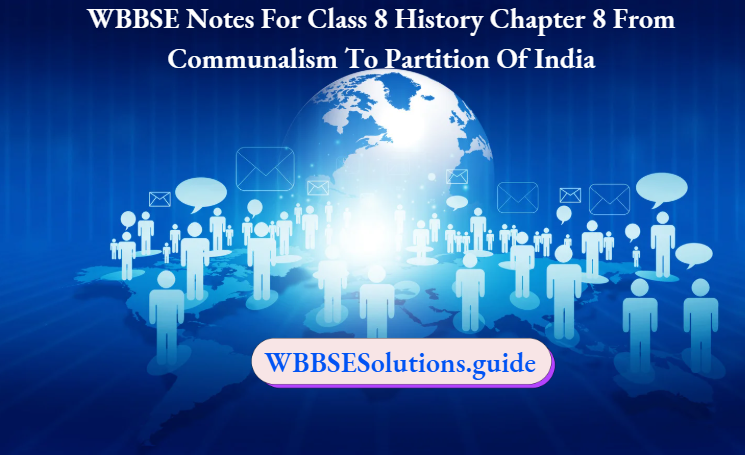
“WBBSE Class 8 History Chapter 8 notes on communalism and partition of India”
However, due to the Lucknow Pact in 1916 A.D., a new situation was created as Muslims and the Congress got united. Under this treaty, the separate election policy was not fully abolished and as a result, the harmony of the future became critical.
But, after the 1st World War, the Hindus and the Muslims were united based on the Khilafat Movement (1919 A.D.).
Towards Communal Divide
Lord Linlithgow proudly remarked ‘I want to appear in India like the character of Mussolini of Italy. He initiated. The “Police Raj” in India.
With the help of his 10 ordinance Police continued lathi, fire, physical torture, fine, rape, the capture of properties, arrest without cause etc. Due to the inhuman oppressive policy of the government, all welfare activities were stopped.
“From communalism to partition of India explained in WBBSE Class 8 History”
All nationalist papers and properties of the Congressmen were banned. However, the agitators boldly boycotted foreign goods and continued their Civil Disobedience Movement. The Satyagraha attacked the first railway and post and telegraph centres.
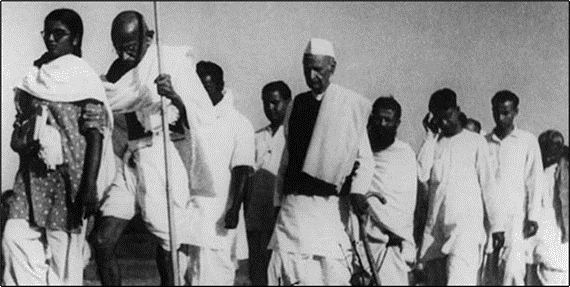
Bombay and Bengal were their headquarters. The wave of movement spread throughout the remote cities and villages. Gandhiji’s fasting was not liked by the common people.
The British Prime Minister Sir ‘Ramshey Mcdonald’ declared his ‘Communal Award’ (16th August 1932). Ultimately the ‘treaty of Poone’ (1932) was signed between Dr B.R. Ambedkar and Dr Rajendra Prasad, to weaken government communal violence. Gandhiji built ‘The all India anti- untouchable League’ (September 1932).
Chapter 8 From Communalism To Partition Of India Towards The Decision Of Partition of India
The British government adopted a “divide and rule policy” to break Hindu-Muslim unity in India after 1857.
- After the formation of Congress (1885) Sir Syed Ahmed raised the ‘Two Nation Theory’ first in India.
- Lord Cross’s Act in 1892 initiated the policy of communal representatives in Indian politics.
- H. Rishlay expressed the same attitude in 1901. Vikarul Mulk said that we need “a political organisation of our own”. He also said (1903) “We, the Indian Musalmans, being in the minority, have our own special needs and require some means through which we can place them before the Government”.
- During the Swadeshi Movement (1904-05) Hindu- Muslim relations collapsed. Lord Curzon electrified the upper-class Muslims,
“Class 8 History WBBSE notes for Chapter 8 on partition of India and communalism”
In the ‘Simla Deputation’ (1st Oct. 1906) Muslims demanded to Lord Minto
- Religion-oriented election for the Muslims,
- The election should not be based on population ratio and
- Separate electorates for the Muslim representative. Francis Robinson remarked, “The Simla deputation failed in one of its major objects, the curbing of the young gentlemen.”
- Like the Aligarh Movement of Syed Ahmed, the Deoband Movement was organised by Mohammad and Qasim Navautavi (1832-1880). He was supported by Rashid Ahmed Gangohi (1828-1916) and Haji Imadudullah Thanabhavni. Manlana Qasim Nanantavi founded ‘Dar-ul-Ullema’ madrasah at Deoband (30 May, 1866).Its early name was ‘Madrasah Islamia Arabia’, yet this name was changed soon. Tayyab Sahib in his book, ‘Dar-ul-Uloom Deoband ki Sadsala Zindagi’, Wrote: Thee objectives of our education are to prepare such young people who would be Indian from the point of view of race and colour and Islamic in their hearts and minds and who would have within them Islamic qualities and attributes from the point of religion and politics”.
The principals of the Aligarh College such as Syedans (1877-1883), Theodore Beck (1883-1899), Theodore Morrison (1899-1904) and Archibold influenced the students of the college to be anti-Hindu and Anti-Congress.
- Aga Khan and the Nawab of Dacca Salimullah with the help of Lord Minto formed the Muslim League in 1906 for the protection of 6 crores of 20 Lac Indian Muslims.
- In 1909 Morley-Minto Reforms Act played a very diplomatic game to create distance between Hindus and Muslims, but by the ‘Lucknow Pact’ (1916) the Muslim League and the Congress came closer.
- Unfortunately, the Muslims of India who joined the Khilafat movement, withdrew their support from the Non-Cooperation Movement, as Gandhiji kept solving the Khilafat problem and suspended the movement in 1922. Dr Sumit Sarkar said, “The quite unprecedented growth of both Hindu and Muslim Communalism was in fact by far the most serious and permanent negative development of these years.” It needs to be emphasised, however, that much of this was a reaction against the very rapid spread of Hindu Communalism in these years.
- Hindu Communalism emerged in this situation. B. G. Tilak opposed the ‘Age of Consent Act (1891)’ for Anti-Hindu expression in it by the British.
After that, the Hindu Sabha (1907) was formed in Punjab and the ‘Provincial Hindu Conference’ (1909) was held. In 1911 ‘Arya Samaj’ started to call them ‘Hindu’ in place of ‘Arya’.
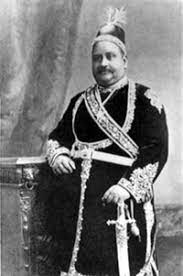
The Hindu Mahasabha was established in 1915 on the occasion of the Kumbha Mela at Haridwar by Madan Mohan Malaviya. Dr V. D. Savarkar, Dr V. S. Munje and Lala Lajpat Rai joined it.
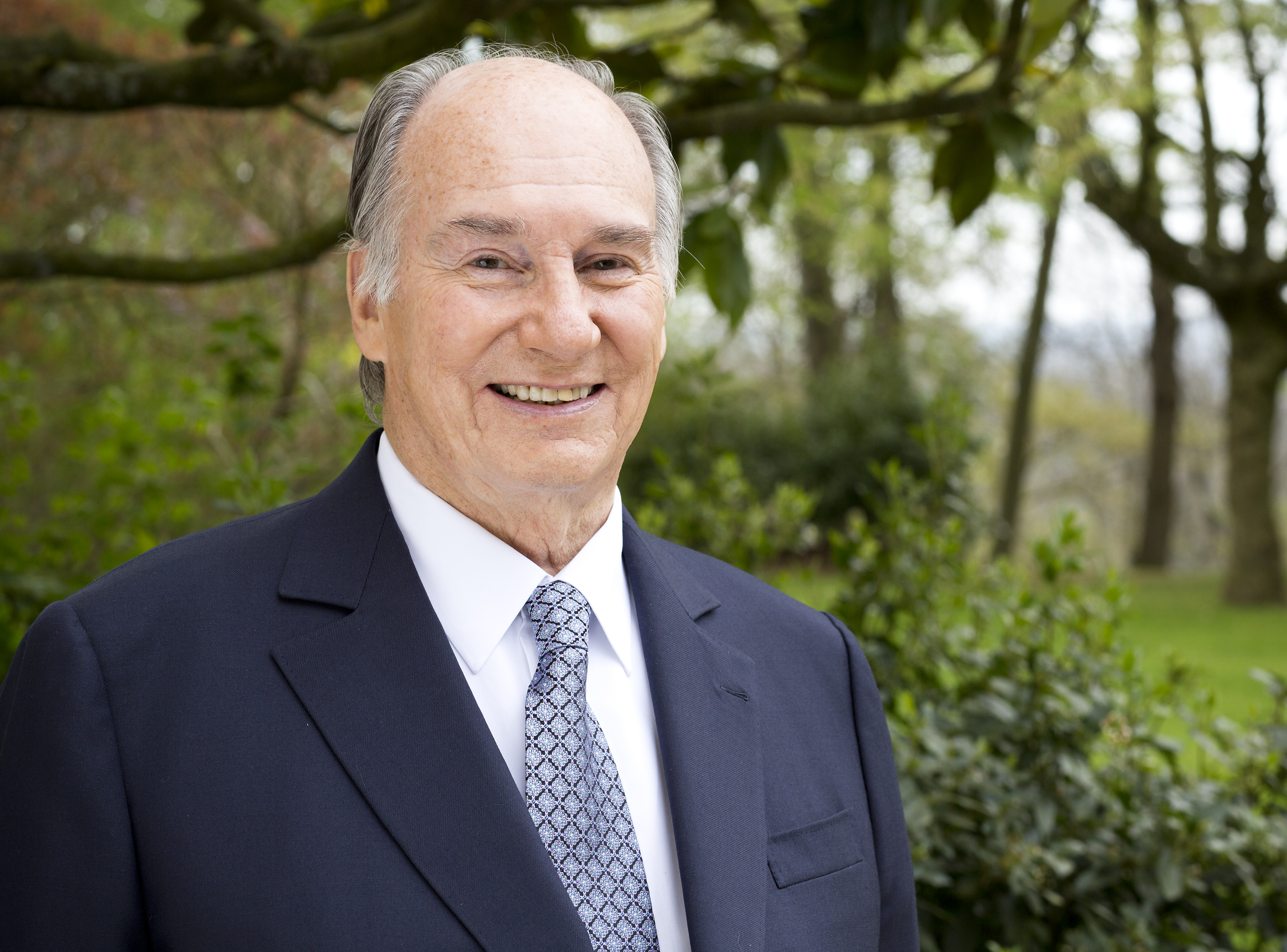
Its objective was the revival of social and cultural consciousness among the Hindus. But after the 1930s Hindu Mahasabha gave the slogan of “Undivided India”. Savarkar in his book ‘Essentials of Hindutva’ (1922) emphasised the concept of eternal Hindu unity.
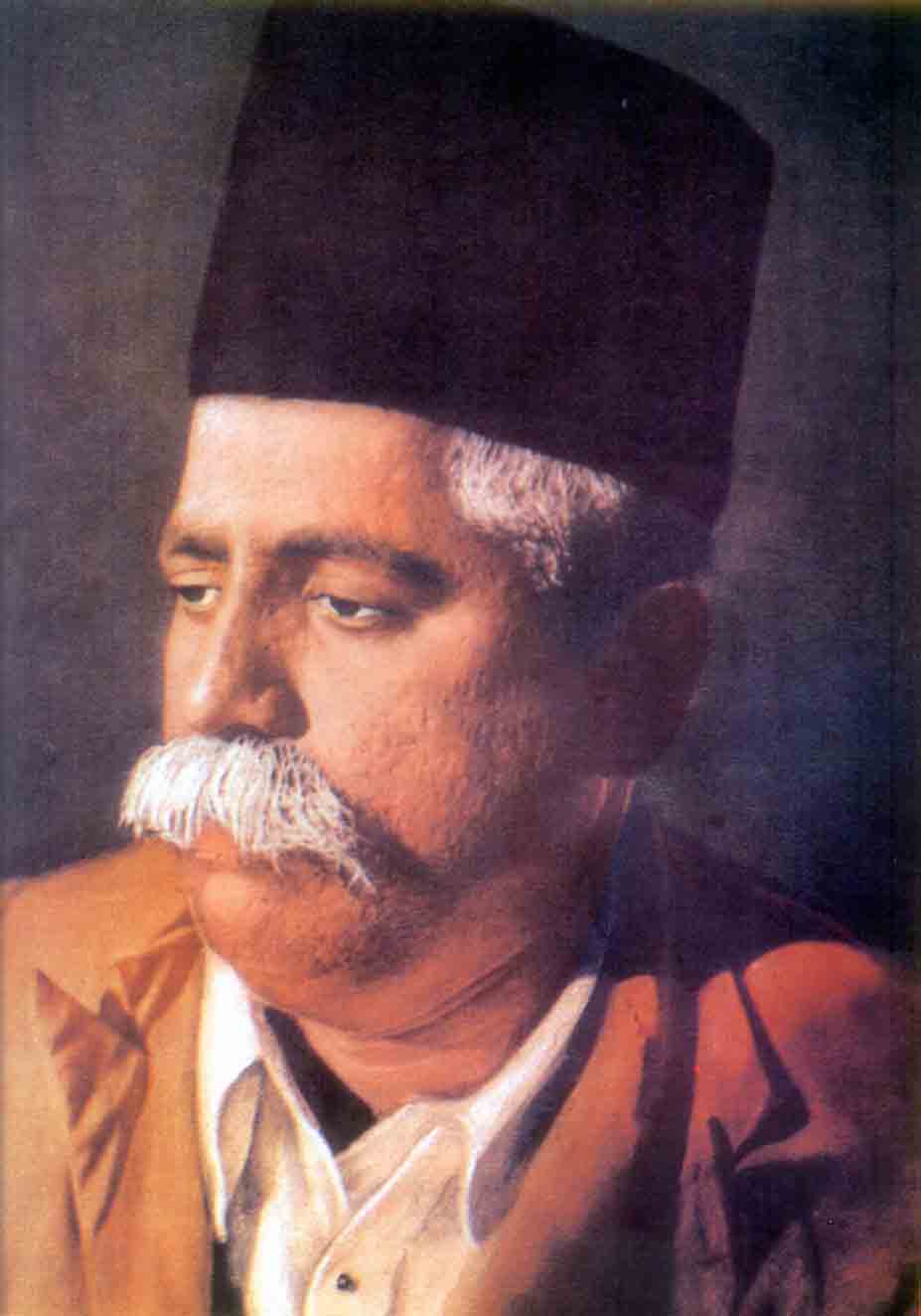
But Thomas Blom Hansen in his book ‘The Saffron Wave’ remarked, “Savarkar’s cultural nationalism was communal, masculine and aggressively anti-Muslim”. The ‘Rashtriya Swayamsevak Sangha’ (R.S.S.) was formed in 1925 at Nagpur by K. B. Hedgewar. Sumit Sarkar called them aggressive Hindus.
Fourteen Points Of Mohammad Ali Jinnah
Mohammad Ali Jinnah raised fourteen points in the Delhi Conference held on 28th March 1929 A.D. in support of the Muslim interest. The ‘fourteen points that were raised by Jinnah, which were almost a challenge to the Nehru Report were
Mohammad Ali Jinnah
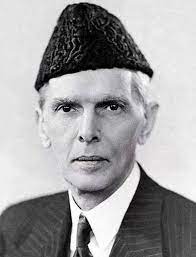
- Introduction of statewide administrations unitedly,
- To form self-government in each state.
- To appoint sufficient Muslim members in each Legislative Assembly.
- To introduce a separate election system for Muslims.
- To reserve 3rd of the total strength for the Muslims in the Assemblies in the centre and the states.
- To keep the Muslim majority intact in reconstructing the states like Bengal, Punjab, and North-Western border states.
- Right to reject any bill by the 2nd of any community.
- To give recognition to the religious independence of all communities.
- 1/3rd of the members of the ministers both central and state are to be appointed Muslims.
- Permission has to be sorted from the local State Governments fto amendthe constitution.
- To form a new Sindhu State by detaching Bombay.
- To arrange for constitutional reforms in Baluchistan and other North-Western border states.
- To reserve the post for Muslims in the State and other local organisations.
- To concentrate on the education, culture, literature etc. of the Muslim community.
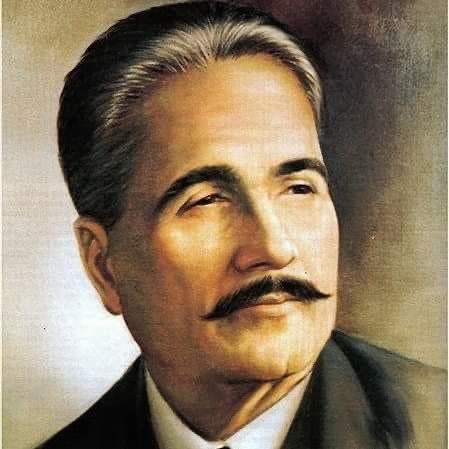
On the other hand, the famous Urdu poet Mohammad Iqbal (1873- 1938 A.D.) said, while propagating his Pan-Islamic Theory “The formation of a consolidated North-West Indian Muslim state appears to me to be the final destiny of Muslims at least of North-West India.”
“Class 8 History Chapter 8 from communalism to partition of India WBBSE study material”
Chapter 8 From Communalism To Partition Of India Lahore Proposal Or Pakistan Proposal
From this time, Jinnah became extremely communal. He propagated his ‘Two-Nation Theory’ and said in his famous Lucknow lecture (1937 A. D.) “I want the Muslim to ponder ever the situation and decide their fate by having one, single, definite, uniform policy which should be loyally followed throughout India”.
So, all the Muslim brothers should dissociate themselves from the Congress and try to form a separate Pakistan State. During this time, Fazlul Haque of Bengal and Sikandar Hayat Khan of Punjab appeared as the regional leaders but none of them were anywhere near Jinnah in respect of power and influence.
“Detailed notes on communalism to partition of India for WBBSE Class 8”
So, Jinnah talked about the movement for a separate Pakistan state in the Muslim League conference held in Lahore in March 1940 A.D., based on the Two-Nation Theory.
Before the Lahore conference of the Muslim League, the Muslim League faced a total defeat in the 1937 A.D. election. In 1939 A.D. the Congress ministers resigned from the working committee and jubilant Jinnah called the Muslims to celebrate the ‘Day of Deliverance.
According to ‘The Pirpur Report’ Congress people tortured the Muslims. But as per the observation of Sir Maurice Guyea, the Dean of Oxford University, there was no such allegation against Congress.
Later in March 1940, A.D. Jinnah said in the Lahore Congress of the Muslim League. This ‘Lahore Proposal’ was drafted by Sir Sikandar Hayat Khan of Punjab and seconded by Abul Kashem Fazlul Haque.
Abul Kashem Fazlul Haque
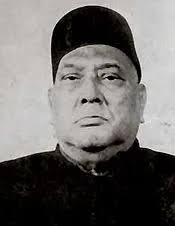
Chowdhury Khalikuzzman was the second supporter of this proposal. This was known as the ‘Pakistan Proposal’ because there was a mention of making a separate Pakistan in that proposal.
It is needless to say Muslim League has been able to unite the lacs of Muslims by raising the slogan “Islam is in Danger”. After this, the ‘Pakistan Movement’ was started.
“Complete guide for WBBSE Class 8 History Chapter 8 on communalism and India’s partition”
This process was on well before the Lahore conference. So it is said, “Ahmed was the philosopher, Iqbal the prophet and Jinnah the statesman creator.”
Partition Of India And Independence
In September 1944 A.D. Jinnah and Gandhi discussed the solution to this political crisis. However, the aim of the discussion failed as Jinnah was rigid in his demand for Pakistan. Then Bengal was faced with the terrible famine of 1943-44 A.D.
Moreover, the complexities regarding communalism were also increasing. So at the end of 1944 A.D., Chakrabarti Rajagopalachari made a solution of compromise. This was known as the “C. R. Formula”.
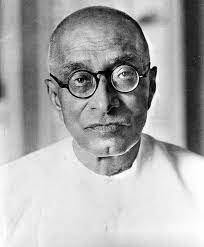
There Rajaji said
- The Muslim League and the Congress would demand independence unitedly and would try to form an interim government jointly.
- Before going into the idea of a separate state, one should think of security and other things.
- The Muslims of the Muslim-dominated North-East and North-West India should make a promise not to segregate from India etc.
But this plan also failed due to the rigidity of Jinnah and the effort to unite the Hindus and Muslims failed. Thus communal movements emerged within the national movement.
“WBBSE Class 8 History chapter 8 explained on communalism and partition of India”
Lord Wavell keeping in mind the military importance of India, submitted some proposals to Congress and the Muslim League on 14th June 1945 A. D. This is known as the famous ‘Wavell Plan’.
Wavell mentioned this in his plan.s
- To transfer power from the British to the Indians and started working on preparing a constitution for the Indians.
- To form an Interim Government by the Indian representatives until the preparation of the constitution is complete.
- The ratio of caste Hindus and Muslims would be equal in the working committee of the Governor General.
- Except for the Governor General himself and the Chief of Army Staff, the rest members of this working committee will be Indians. An all-party conference was convened in Simla on 25th June 1945 A. D. to discuss these recommendations made by Wavell.
Jinnah was adamant about forming a separate Pakistan state and hence, it became almost impossible to find any positive solutions at this conference. Thus due to the extreme eccentricity of Jinnah the ‘Simla Conference’ virtually flopped.
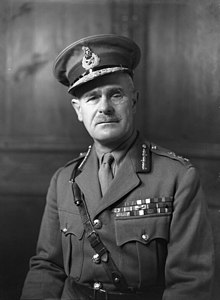
The political situation of India became very much critical, particularly after the end of 2nd World War. During the Naval Mutiny (18th February 1946 A.D.) anti-British mentality of the Indian soldiers and the common people made the situation graver.
Clement Atlee the British Prime Minister sent three members of the British Cabinet to India. This is known as the “Cabinet Mission”.
Clement Atlee
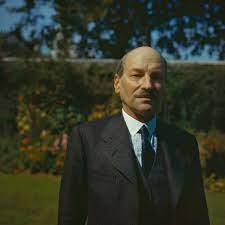
The Plans of the Mission were
- A Union territory will be formed with British-ruled India and native states.
- The Policy of Power distribution between the Central Government and the State Governments will be effective.
- The States will be selfly Governed but the defence, foreign policy and communication will be in the hands of the Centre.
- The states will be categorised as
- Hindu-inflicted states.
- Muslim-inflicted states and
- Bengal and Assam.
Initially, Congress opposed this proposal. But the mission assured that the ‘Interim Government’ could work independently and then Congress accepted the proposal.
On the other hand, Jinnah opposed and rejected the proposals of the mission and decided to take the policy of ‘direct action’. Lord Mountbatten came to riot-stricken India on 24th March 1947 as Governor-General.
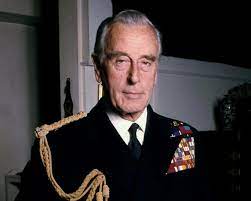
Just after his arrival, he prepared the draft partition deed with the help of his Chief V. P. Menon. IOnthe very next day, he made a press release saying that India and Pakistan would be two separate independent dominions.
He also announced that the power would be transferred within 15th August 1947. Such announcement of Mountbatten is called the “Mountbatten Plan”.
It was mentioned in the Mountbatten plan that.
- Entire India will be divided into two independent dominions i.e. India and Pakistan.
- Pakistan will comprise the Muslim-inflicted states, Indus, British Baluchistan, and North-Western territorial states. West Punjab and East Bengal.
- Border Commission formed under the leadership of Cyril Radcliffe will decide the regions of Bengal and Punjab which will be included in the dominions.
- The regions of Sylhet and the North-Western territory will be decided by the people’s election.
- Each dominion can prepare its constitution only.
- The native states can enjoy their sovereignty and may join with any dominion as per their will.
This proposal of Mountbatten was sent to the British Parliament on 4th July 1947 (House of Commons). Based on this proposal, the Indian Independent Act (1947 A.D.) was passed in the British Parliament on 18th July 1947.
With this Act, Pakistan was born on 14th August 1947 comprising of North-Western territorial state, Baluchistan, Indus, West Punjab and Sylhet of Assam. India was born at midnight on the same day.
“Communalism and partition of India in WBBSE Class 8 History Chapter 8”
The British Government transferred all its powers to the Indians and thus ended the long 200 years of British Rule. So, at midnight of 14th August 1947 A.D. India became independent.
Chapter 8 From Communalism To Partition Of India Radcliffe Line
According to Mountbatten’s plan (June 1947), two separate Frontier commissions were set up for the partition of Bengal and Punjab under the presidentship of British lawyer Sir Ceril Rad- cliffe on 27th June 1947.
For each commission, two numbers were taken from both the Congress and the League. Sir Radcliffe took the charge on 12th July. In a very short period, he modelled the map of partition, which was called as “Radcliffe Line”.
The line made a map of many regions and destroyed the lives of numerous people in India. Without experience and spot verification, the Radcliffe Line was made for which he was responsible because no opinion was taken from the people of Bengal and Punjab.
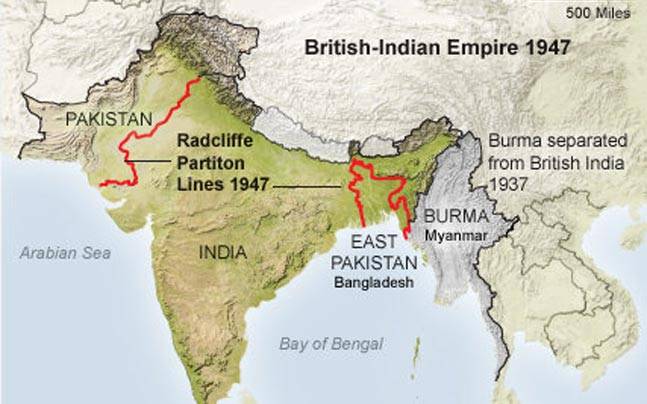
Within six weeks Sir Radcliffe submitted his “Border Commissions Report” on 16th August 1947 A. D. As per his report Bengal was divided into ‘East Bengal’ and ‘West Bengal’. A total of 36% area including Calcutta and 35% population came under West Bengal.
“Comprehensive notes for WBBSE Class 8 on communalism and the partition of India”
Also 16% of the Muslims were in West Bengal and 42% of the Hindus were in East Bengal. On the other hand, Punjab was divided into ‘East Punjab’ and ‘West Punjab’. A total of 38% of areas and 40% population of Punjab came to East Punjab.
This report of Radcliffe helped to divide India and raise the refugee problem. People of these territories did not aagree but Congress and the League were in favour of partition.
For this reason t,ransfer of power and their communal riot and refugee problem darkened the independence of India.
